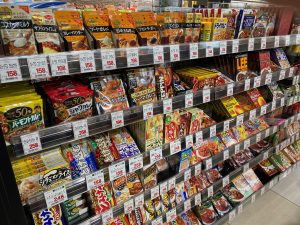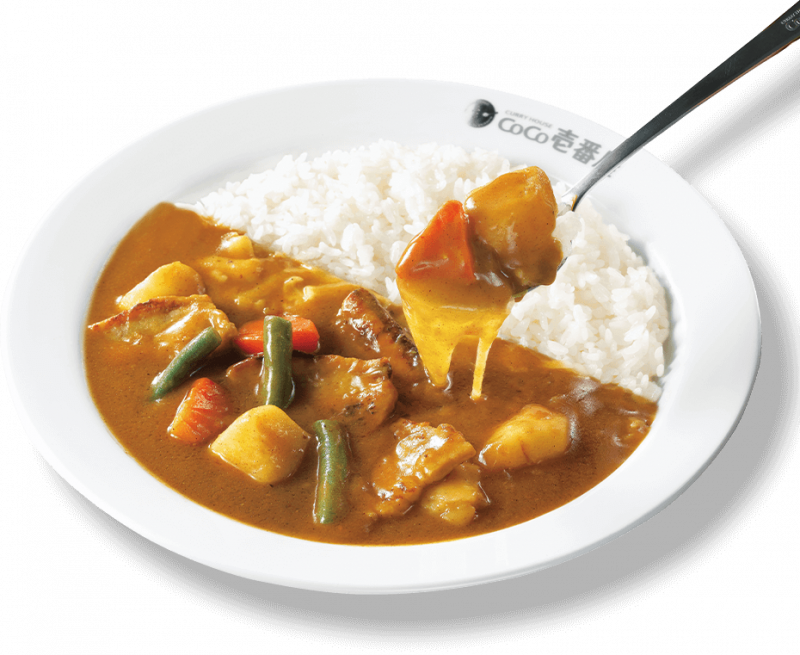Curry and rice (カレライス – curry rice) is Japan’s most popular “mom’s home cooking” soul or comfort food. Ease of preparation, and the wide variety and availability of instant curry mixes, has made curry rice very popular. It can be found anywhere and everywhere in Japan, and it is very popular at home as well as at school cafeterias.
Curry and rice is also a staple of the armed forces in Japan. It’s a tradition to serve curry and rice for dinner every Friday on Japan Maritime Self-Defense Force ships. Each JMSDF ship prides itself on having its own unique curry recipe, some of which are featured on the JMSDF’s official website.
Along with the curry sauce, a wide variety of vegetables and meats are included. Common vegetables are onions, carrots and potatoes. Beef, pork and chicken are the most popular meat choices. “Benishouga” (red pickled ginger) is often served as a condiment.
History of Curry in Japan
Curry was introduced to Japan during the Meiji period (1868–1912), at the time when the India was under colonial rule by the British Empire. By the 1870s, curry began to be served in Japan, and became a staple within the Japanese diet. It wasn’t until the early twentieth century though, when curry was adopted by the Japanese Navy and Army, that the dish began to become popular. By the 1950s and 1960s, curry became common in school cafeterias. By 2000, curry was a more popular meal than sushi or tempura.
Curry Sauce
Curry sauce is made by frying curry powder, flour and oil, along with other ingredients to make roux. The roux is then added to stewed meat and vegetables, and then simmered until thickened. Adding potatoes to curry sauce was introduced by William S. Clark of the Sapporo Agricultural College, due to rice shortages at the time.

Today in Japanese homes, curry sauce is most commonly made from instant curry roux, which is available in block and powder forms sold in every supermarket and convenience store. Instant curry roux was first sold in powder form by House Foods in 1926, and in block form by S&B Foods in 1956. The roux sold in stores contains curry powder, flour, oils and various flavorings. Pre-made curry is also available in vacuum-sealed bags that can be reheated in boiling water or microwaves. Vacuum-sealed bags of curry sauce is the largest single category of vacuum-sealed foods in Japan, making up over 30% of sales.
Japanese curry is also popular in other forms. Curry udon and/or curry soba can be found in just about every noodle shop in Japan. It is curry roux mixed into the dashi soup broth. カレパン (karepan – curry bread) is Japanese curry sauce stuffed inside bread dough lightly covered with panko and then deep-fried. Curry bread can be found at almost every bakery, supermarket and convenience store in Japan. And each household has their own favorite version of curry recipes. A favorite of mine given to me by one of our Japan staff is curry sauce, melted cheese and ketchup over toast.
Where to Find Curry and Rice
The easier question is where you can’t find curry and rice. The easiest thing to do if you want to try curry and rice is to ask the staff at the hotel for a suggestion. Or,there is a chain of curry shops called Curry House CoCo. What McDonalds is to burgers, Curry House CoCo is to curry and rice. They are all over Japan, the food is good and the price is very reasonable. You can use the web site to find the closest shop.





